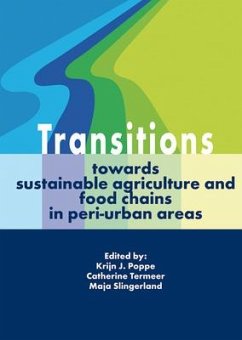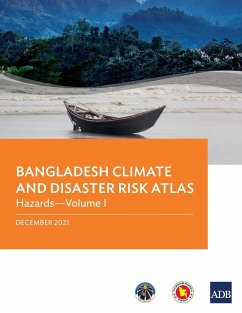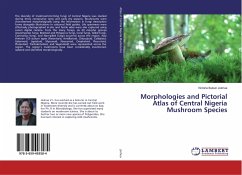
Atlas of Green Energy Transitions
Power, Conflict, and Possibilities
Herausgeber: Seibert, Matthew
Versandkostenfrei!
Erscheint vorauss. 27. Januar 2026
161,99 €
inkl. MwSt.
This edited collection of scholars and activists employs immersive first-person narrative descriptions and rich imagery to tell the oft-revealing stories of contestation, exploitation, and complication within the landscapes upon which the world's green energy transition depends: the unsanctioned cobalt mines of the Congo, the solar farms clearing vast tracts of the Mojave Desert, the scattered e-waste operations of Zimbabwe, among others. Utilizing the global supply chain as an organizing structure-working backwards from consumption to extraction, and back again-each chapter is framed around a...
This edited collection of scholars and activists employs immersive first-person narrative descriptions and rich imagery to tell the oft-revealing stories of contestation, exploitation, and complication within the landscapes upon which the world's green energy transition depends: the unsanctioned cobalt mines of the Congo, the solar farms clearing vast tracts of the Mojave Desert, the scattered e-waste operations of Zimbabwe, among others. Utilizing the global supply chain as an organizing structure-working backwards from consumption to extraction, and back again-each chapter is framed around an abiotic protagonist crucial for the widespread adoption of renewable energy technologies. Cast as our saviors in the face of climate change, cobalt, aluminum, and the many critical minerals needed for solar panels, wind turbines, and electric vehicles are explored through the biophysical environments and cultural contexts in which they are extracted, refined, or deployed. In challenge to these descriptive chapters are counternarratives that offer alternatives beyond silver bullet ecomodernism toward complicated futures built on just practices and reciprocity. In grounding all chapters amid host landscapes, the collection cultivates a heightened awareness of land relations and global interconnection. The project thus not only engages the green energy transition, a topic of accelerating importance and topical prevalence, but uniquely exhibits the skills of landscape architectural practice to communicate environmental challenges of global proportions, identify points of interdisciplinary intervention, and craft compelling futures to catalyze change. The book targets an audience of students and practitioners of the built environment while seeking to inspire the inner designer in all readers.













